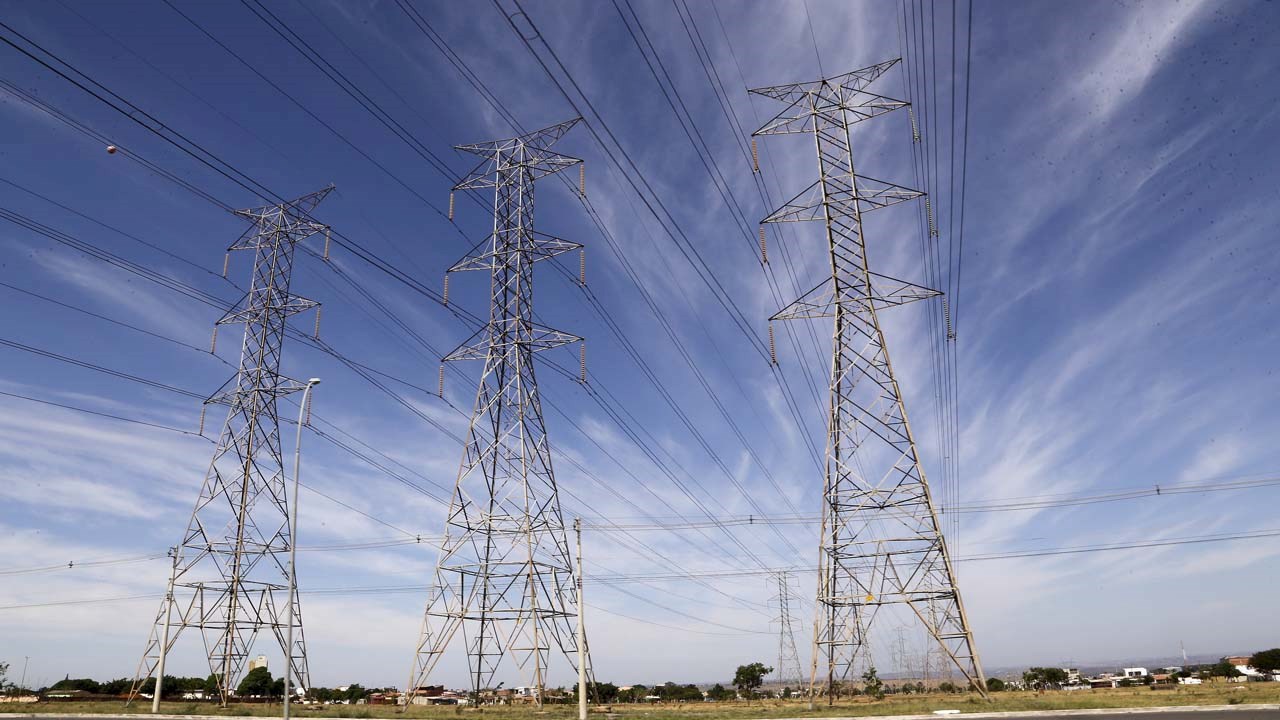advertisement
Establishing A Consistent Architecture For Power Supply Reliability

A power outage is defined as the loss of electrical supply within an end-user installation. Whether the electrical installation is in a factory, a hospital, an airport, a large industrial site, or a data centre, it can be extremely damaging.
Here are some examples that illustrate the dramatic repercussions of a power system shutdown:
- A hospital power outage of just a few hours can lead to a full building evacuation, putting patient safety at risk, not to mention the financial implications.
- When an aluminum smelter is forced to shut down for just a few hours, the factory could be out of action for several months, due to damage to the electrolytic cells.
Managing the risk
advertisement
Power system resilience must be considered throughout the power system lifecycle – from the design phase of the project, and its operational and modernisation phases.
The risks associated with power system failures should always be evaluated, and the robustness of the power system must be designed in accordance with the risk assessment.
Importantly, for mission-critical applications like data centres, healthcare, or nuclear power plants, the reliability requirements should be integrated during the early phase of the project. Steps include:
advertisement
- Identify critical loads and set reliability targets.
- Design the power system according to reliability requirements.
- Analyse system reliability performance.
Design for reliability
Looking more closely at the power system design, depending on the set reliability target, a consistent electrical architecture should be defined by setting the adequate redundancies, selecting the topology, and specifying maintenance requirements if necessary.
To ensure a consistent architecture, the redundant equipment can be categorised by the following stages:
advertisement
- 1st stage: electrical load redundancy.
- 2nd stage: 1st stage + source redundancy (back up in case of grid blackout).
- 3rd stage: 2nd stage + power distribution redundancy (back up in case of failure to cable or switchboard).
When a very high-reliability level is required, the common-mode failure risks for redundant equipment should be identified and mitigated. These could have various causes and origins such as the natural disasters, human error such as design, installation and maintenance error, and system installations such as cooling.

To operate the system most efficiently, adequate maintenance should be defined using the following criteria:
- Monitoring of the state of the power system – to react quickly when a failure occurs
- Monitoring of critical devices – to detect any hidden failure, and to ensure that critical equipment functions are ready to operate when required
- Planned maintenance operation is based on site conditions and the manufacturer’s recommendations
- Respecting the manufacturer maintenance contracts for critical equipment, to optimize intervention time and availability of the equipment
At Schneider Electric, we offer high availability and high-reliability EcoStruxure Reference Designs for data centres, healthcare and hotels, and other applications. Schneider Electric has worked with more than 70,000 consulting companies and engineering firms that often require assistance relating to the prevention of downtime by design.
This article was written by Dwibin Thomas, Cluster Automation Leader at Schneider Electric.